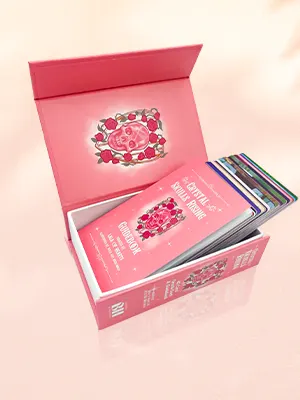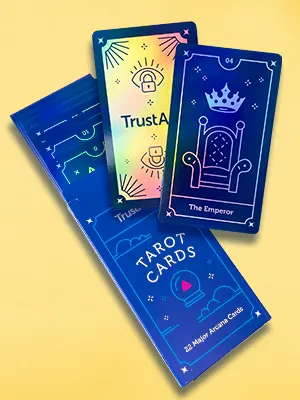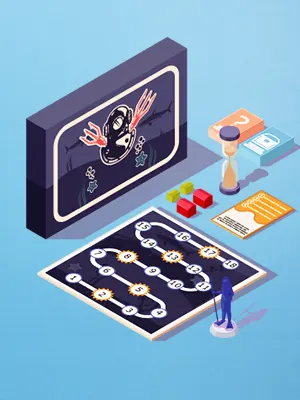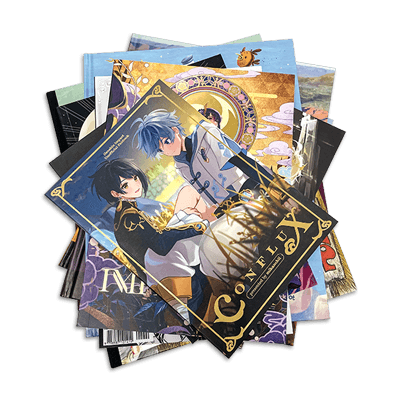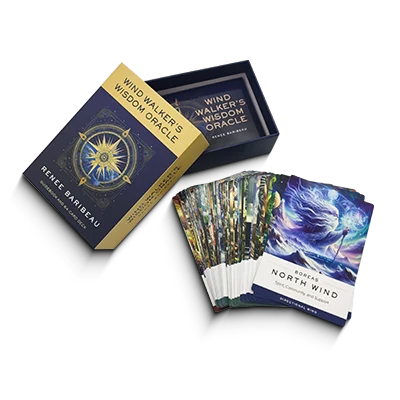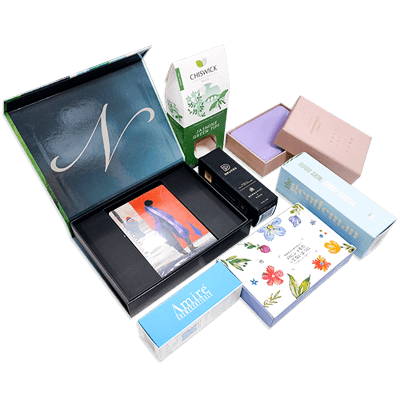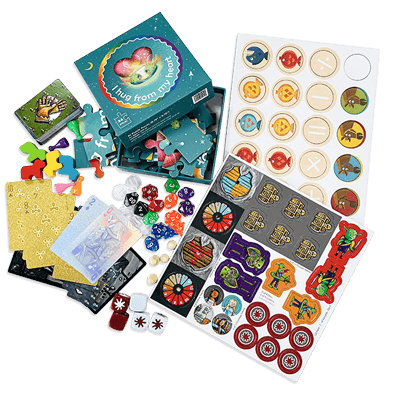Die-Cutting
Looking to make your print product stand out—whether it’s a book, box, board game, folder, or brochure? Die-cutting is a simple, beautiful, and cost-effective technique to add shape, intrigue, and a premium touch.

What Is Die-Cutting?
Die-cutting is a mechanical process by which we cut out a section of a design—either lettering, a “window”, any other shapes, the edges of a page, etc.—from the surface of a printed sheet.
First, we make a metal mold of your design called a “die”, which we then press into the sheet using a special machine which makes a precise cut. The result is an eye-catching effect which can be applied in several creative ways. Any paper that is rigid enough to hold its shape after cutting will work in the process.

Popular Applications for Die-Cutting
Die-cutting adds visual interest and invites interaction. Here are some of the most popular and effective uses across different print products:
- Essential for custom boxes and packaging—die-cutting defines shapes, flaps, and windows before folding and gluing.
- Adds a unique design touch—whether it’s a custom silhouette, edge detail, or pop-up element.
- Creates interactive visual effects, such as die-cut “windows” that invite viewers to peek inside.
- Increases perceived quality and value, making your product more memorable and collectible.
- Works across many formats—from books and folders to game pieces and rounded cards.
- Enhances brand identity with a distinctive, tactile presentation.
These are just a few of the advantages of die-cutting. It adds a distinctive touch that helps any print product stand out—whether it’s a custom box, a deluxe board game, or a creatively designed book cover. Die-cutting is not only a striking design feature but also an essential process in packaging production.
Popular Applications for Die-Cutting
Die-cutting adds interest, interactivity, and visual appeal to a wide range of printed products. Here are some of the most common and creative uses:
- Custom boxes — From structure to window cutouts and decorative shapes, die-cutting is essential in packaging design and construction.
- Children’s books — Especially in board and pop-up books, die-cut shapes engage young readers by turning reading into a tactile, playful experience.
- Catalogs with tabs — Die-cut tabs make it easier to navigate sections, enhancing user experience and functionality.
- Presentation folders — Used to shape the folder, include business card slits, or add design cutouts that grab attention.
- Rigid boxes — Die-cut elements can elevate the unboxing experience and reinforce your brand’s premium feel.
- Card decks — Rounded corners on tarot, playing, and flash cards are created via die-cutting, making them safer, smoother, and more professional.
- Board games — Ideal for custom components like tokens, standees, puzzles, or unique box features that bring your game to life.
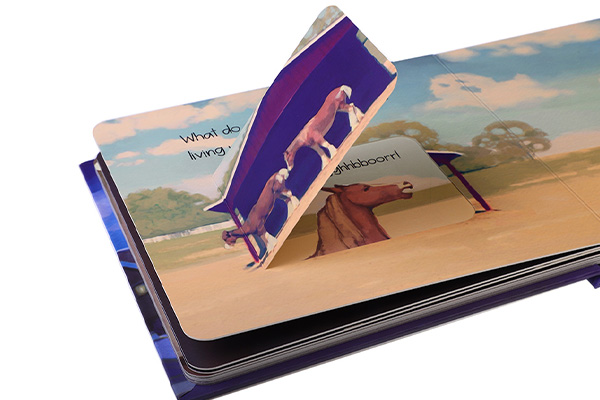
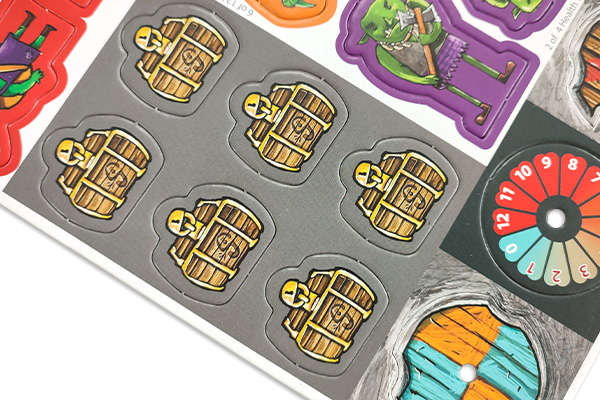
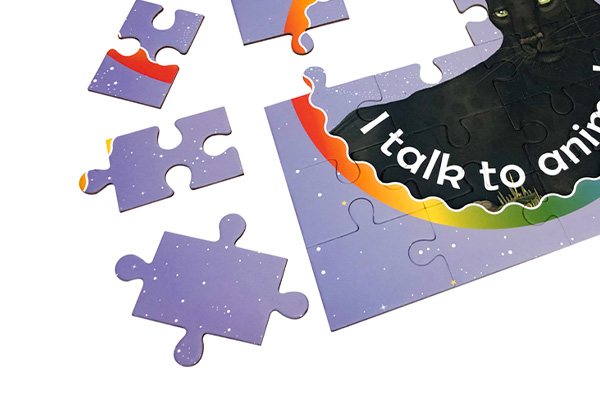
You May Also Like

